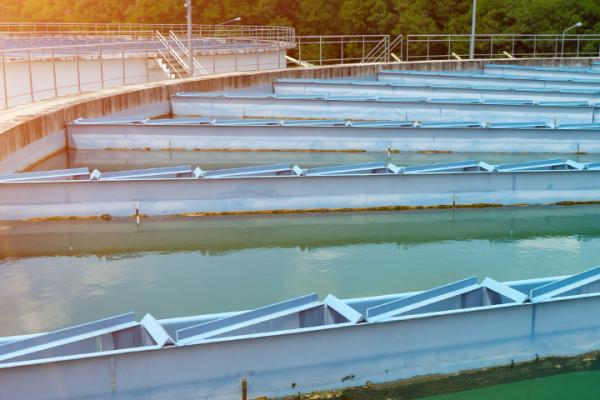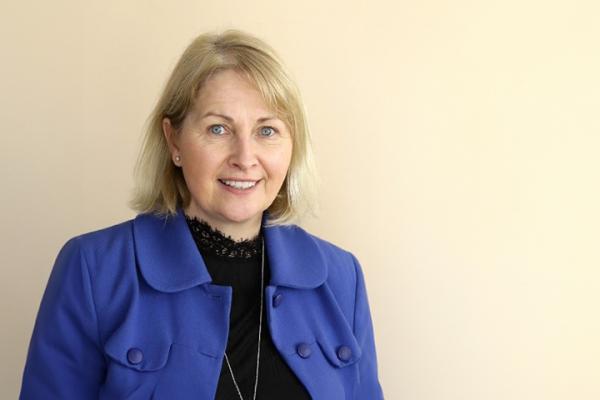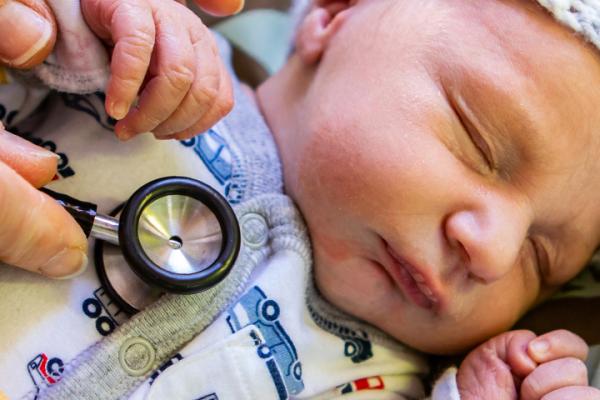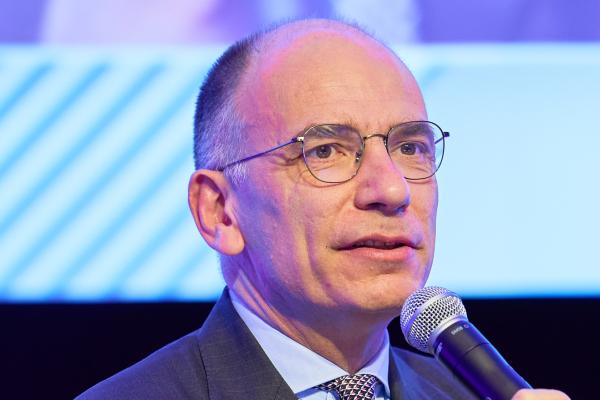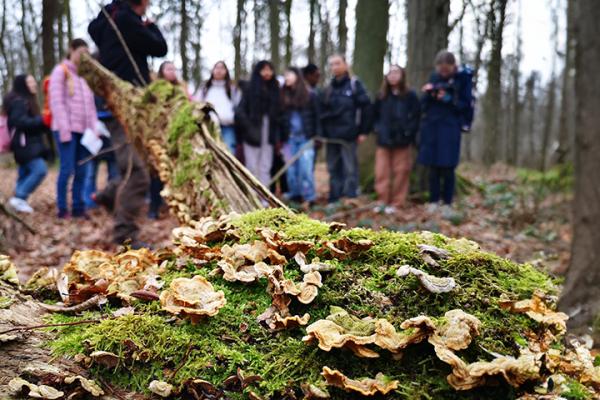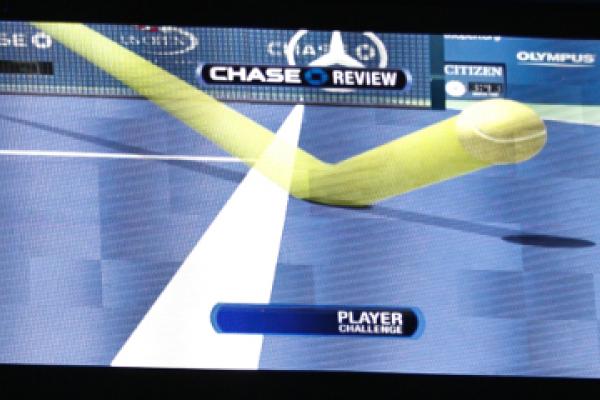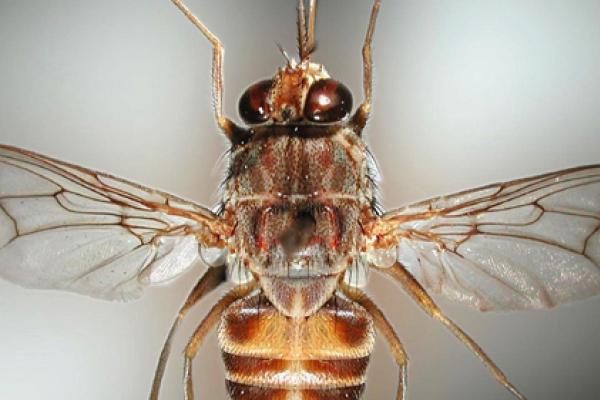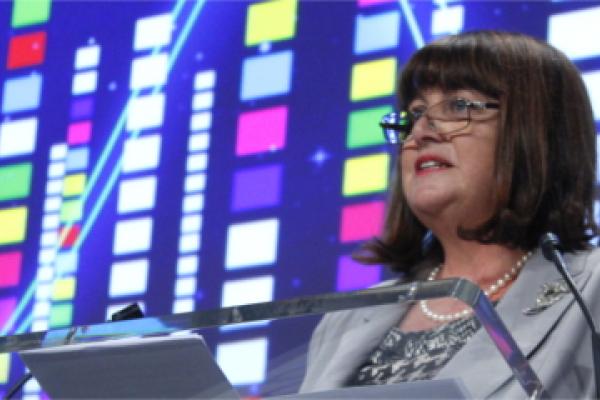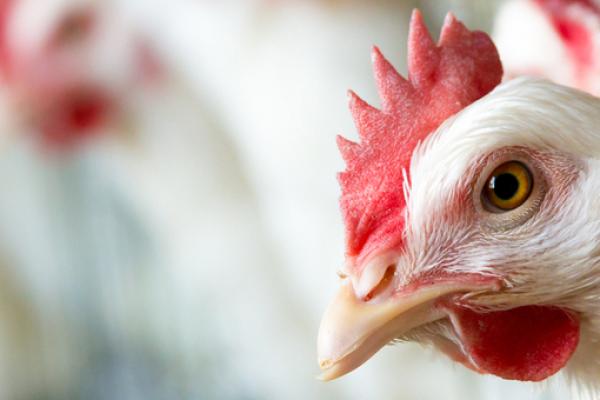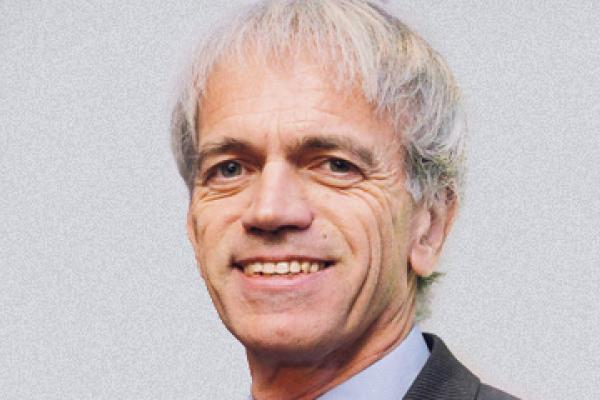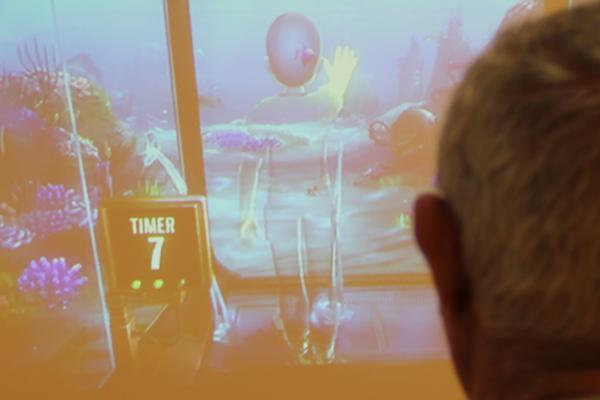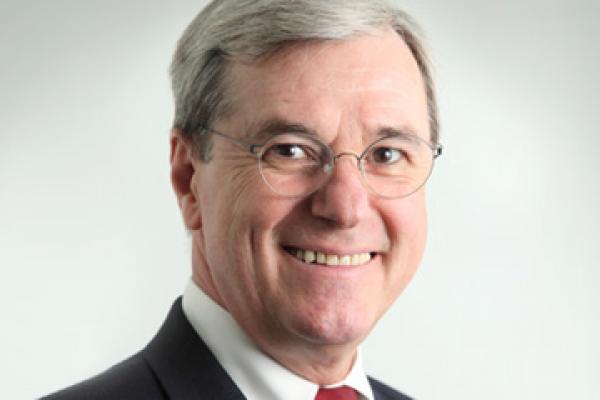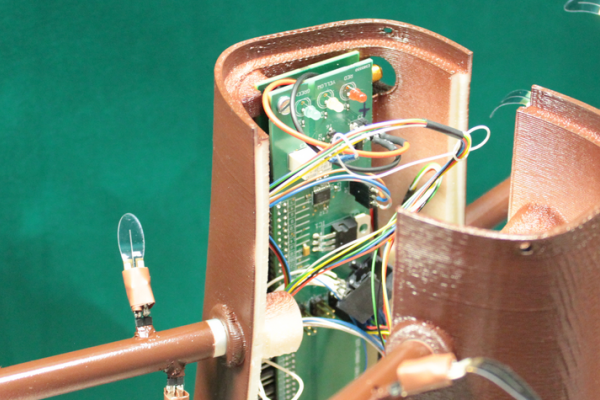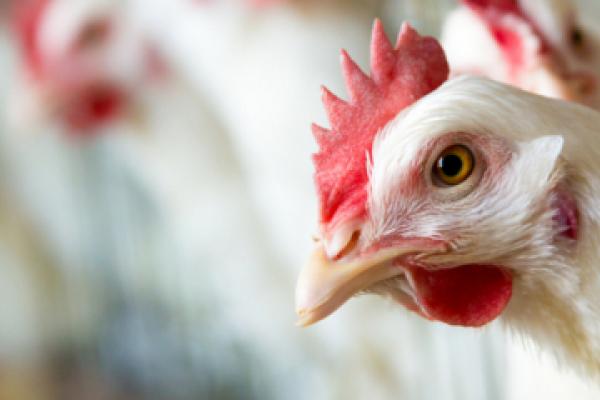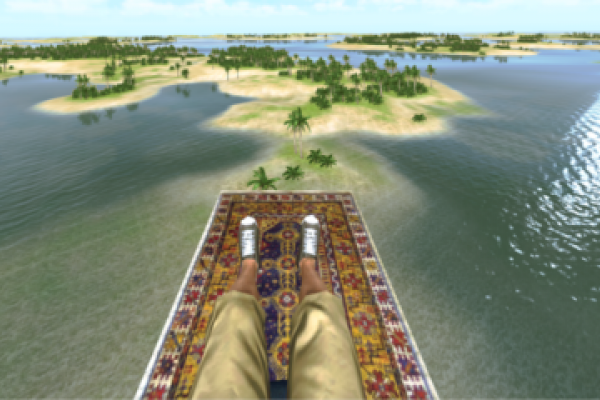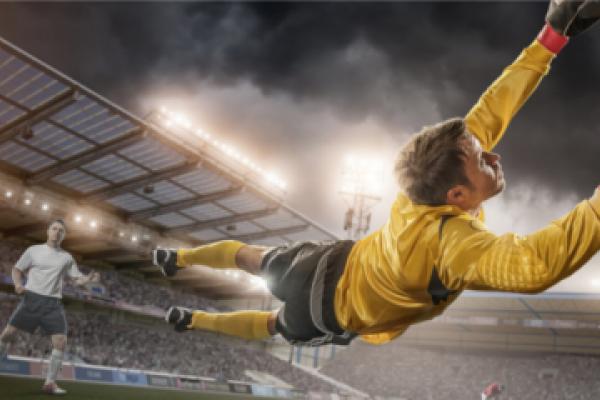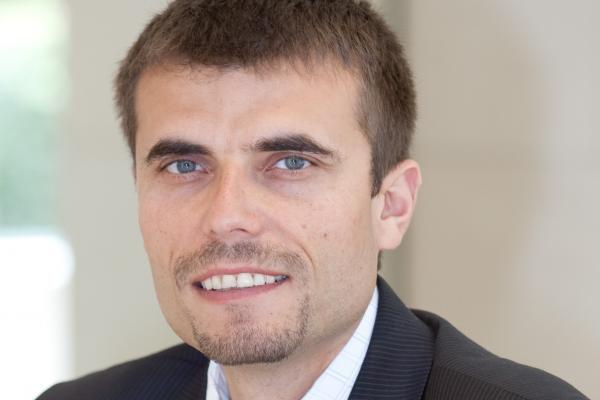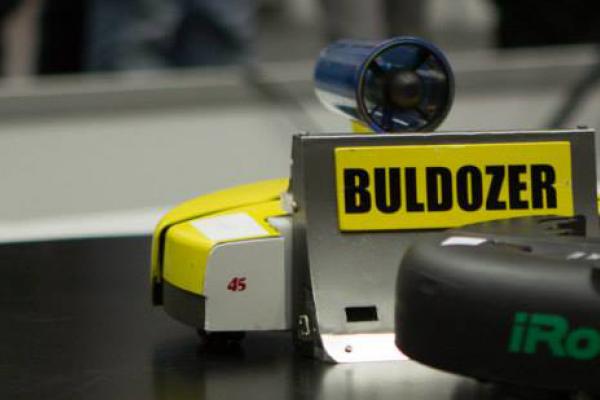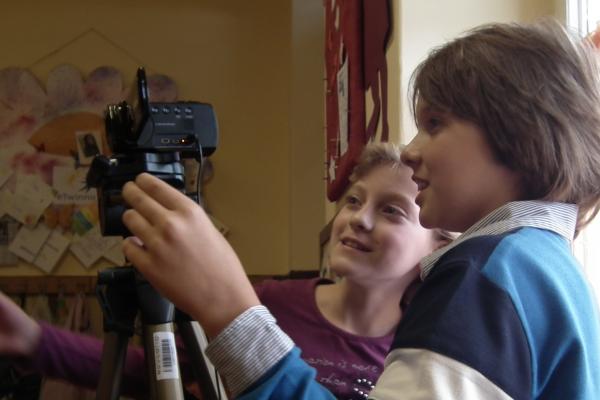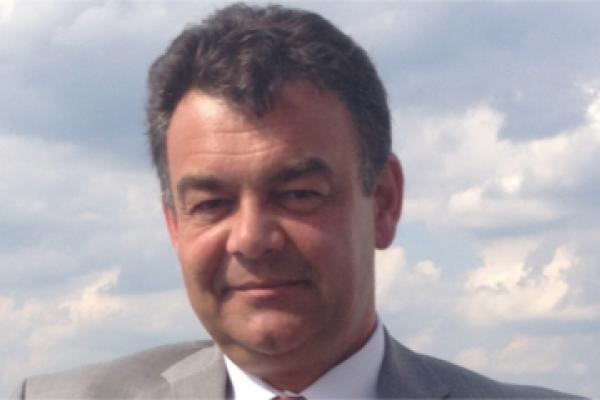EU-funded researchers are exploring new ways to learn that make science more relevant to everyday life – and more fun.
Special series

Researchers on a mission
The EU is on a mission with researchers to protect our planet and society.
By helping researchers discover new ways to improve people’s lives, and to protect us from climate change and global health shocks, the EU is building a better future for all of us.
Most popular
-
1
-
2By Andrew Dunne
-
3By Helen Massy-Beresford
-
4By Horizon Staff
-
5
Top videos
Miracle material enters the limelight with European help
14 July 2024
Pioneering care for preemies – from artificial placentas to brain-healing stem cells
12 July 2024
Past articles
Innovations such as the Hawk-Eye line calling system, high-tech rackets, strings and smart monitoring can improve the game for tennis players, referees and spectators. However, too much innovation could change the nature of tennis, says Francesco Ricci Bitti, the president of the International Tennis Federation (ITF). Horizon Magazine spoke to him about tennis innovation at the EU’s Innovation Convention 2014.
The genome of the tsetse fly was sequenced in April, and it means scientists are closing in on a way to fight diseases caused by the pathogen it carries, according to Professor Jan Van Den Abbeele at the Institute of Tropical Medicine in Antwerp, who helped generate the data along with his team of researchers.
An explosion in research data combined with an increasing number of people who can use it is transforming science, and Europe should be at the forefront of the change, said Máire Geoghegan-Quinn, European Commissioner for Research, Innovation and Science.
Digital screens made from concrete could mean displays are integrated into the sides of buildings, and make advertising billboards resistant to vandalism, according to Bo Jacobsen, the chief executive of Dupont Lightstone, the driving force behind the EU-funded DIGISTONE project. The project is displaying its first prototype at the EuroScience Open Forum (ESOF) in Copenhagen from 21 to 26 June.
Researchers are preparing to conduct field trials of house fly larvae as a protein-rich supplement to animal feed made of cereals and corn.
Rethinking aircraft engines and new wing designs have the potential to cut carbon emissions and noise, as well as to boost Europe’s aerospace industry, according to Eric Dautriat, chief executive of the Clean Sky Joint Technology Initiative (JTI).
Virtual reality and video games are being used to help people fight back from debilitating strokes.
People do not always get healthier after exercise – that is the finding of several EU-funded research projects looking into the prevention of lifestyle-related diabetes, heart failure and osteoporosis. Now they are trying to work out why.
If we want Europe to gain market share in developing technology for smart devices like phones and tablets, we must embrace public–private partnerships, according to Dr Andreas Wild, executive director of the EU’s new Electronic Components and Systems for European Leadership (ECSEL) Joint Technology Initiative.
Many football fans watch matches on the sofa or in the pub, and their fitness levels often contrast hugely with those of the players on the field. New efforts are underway to convert their fandom into motivation to get active and improve their health, or even to channel their support in socially beneficial ways.
A plant root will grow towards the sound of running water, researchers have discovered, and it is inspiring the development of space robots that can hunt for water and even seek out life.
Researchers are preparing to conduct field trials of house fly larvae as an alternative to animal feed made of cereals and corn, and it means bug-based burgers, bacon and chicken breast could be on supermarket shelves soon.
Bluetooth-connected smart trainers could advise runners in real time if they are at risk of injuring themselves, based on an analysis of their running pattern.
If you are not afraid of heights, this one is for you. With your legs outstretched in front of you, glide around a palm-fringed island on a magic carpet, blissfully unaware of the deprivations of a cramped aircraft cabin. If the thought of flying does not appeal, you can choose a land-based scene, with gentle sounds or music to accompany it on your headset.
The idea that an athlete could change their genes to grow bigger muscles, or increase their body’s production of red blood cells, may sound like the stuff of fantasy, but halting the development of ‘gene doping’ technology is one of the main research priorities of the World Anti-Doping Agency (WADA), according to Dr Olivier Rabin, the organisation’s science director.
As World Cup fever grips football fans this June, Horizon takes a look at the science of sport.
European pilots will be able to fold away their maps and free up their radio frequency in favour of more advanced technologies to communicate their trajectories with air traffic control, said Florian Guillermet, the executive director of the SESAR Joint Undertaking. These are just some of the ways in which SESAR, a public-private partnership, is contributing to Europe’s goal of modernising its air traffic management (ATM) system and joining up its fragmented skies.
Estonia, or E-stonia as it is becoming known, is leading the way in digital education in Europe.
Researchers are using smartphones and tablet computers to transform classrooms across Europe.
The ability to store electricity using hydrogen could make wind and solar power a secure energy source, freeing Europe from its dependency on imported fossil fuels, according to Bert De Colvenaer, executive director of the Fuel Cells and Hydrogen Joint Undertaking, a public-private partnership.
Weekly news alert





